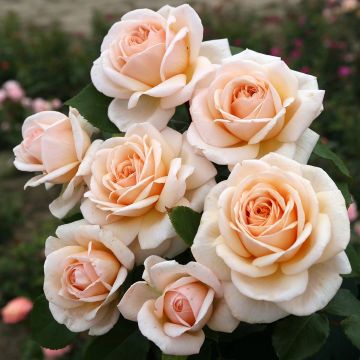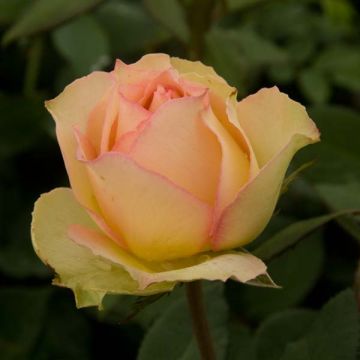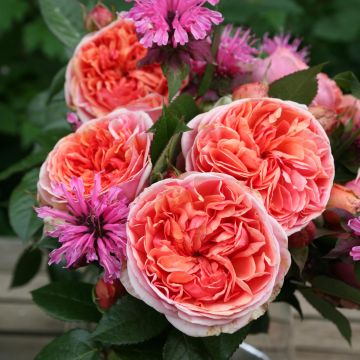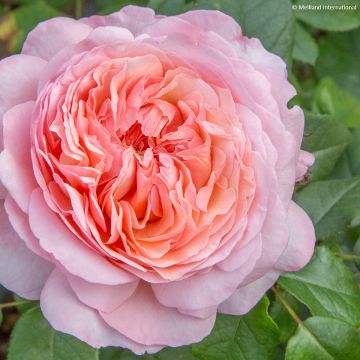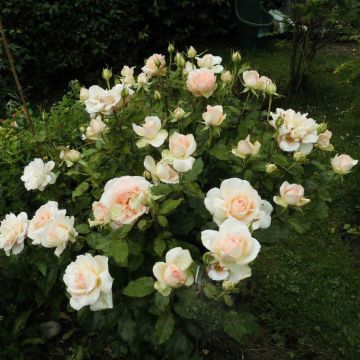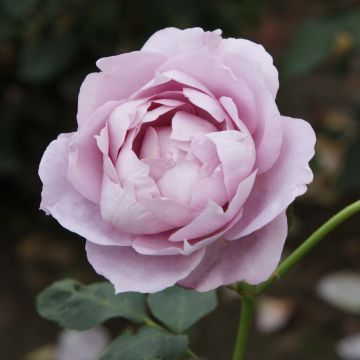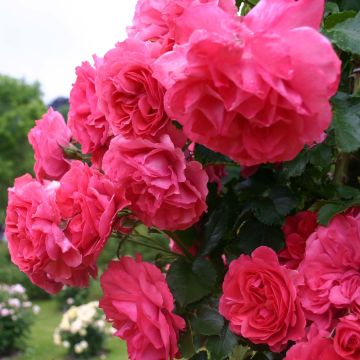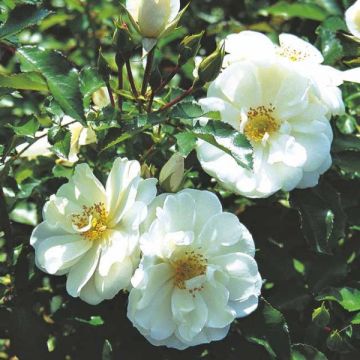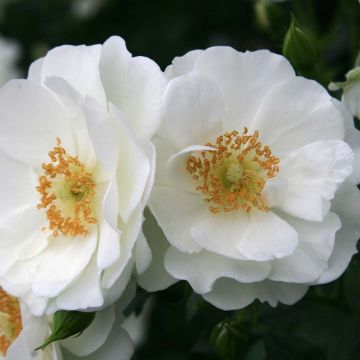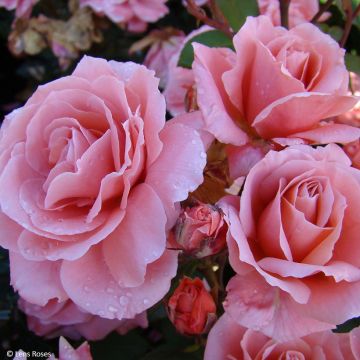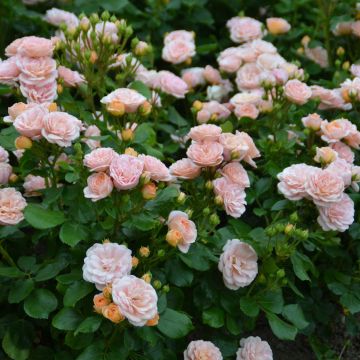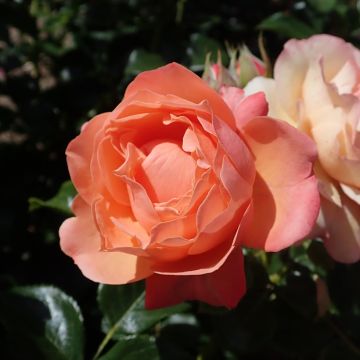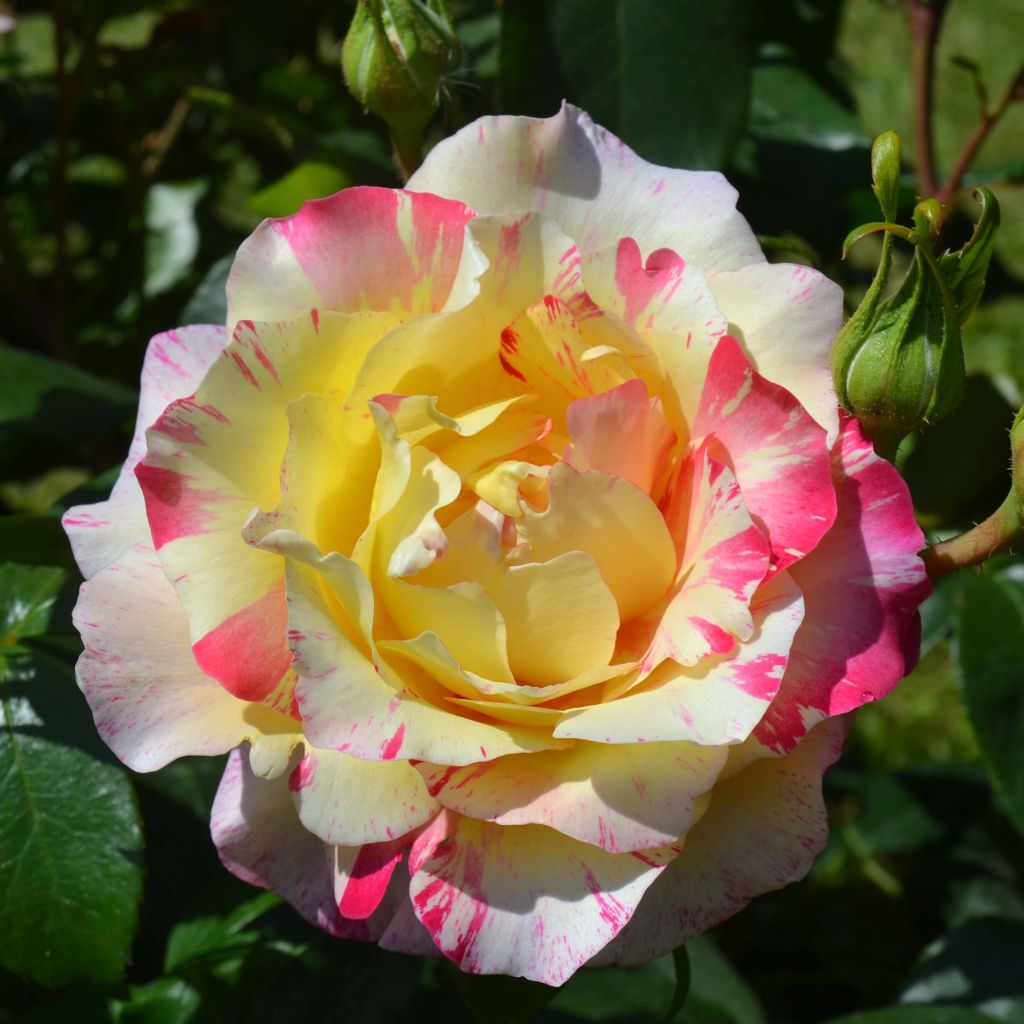

Rosa 'Camille Pissarro' - Polyantha Rose
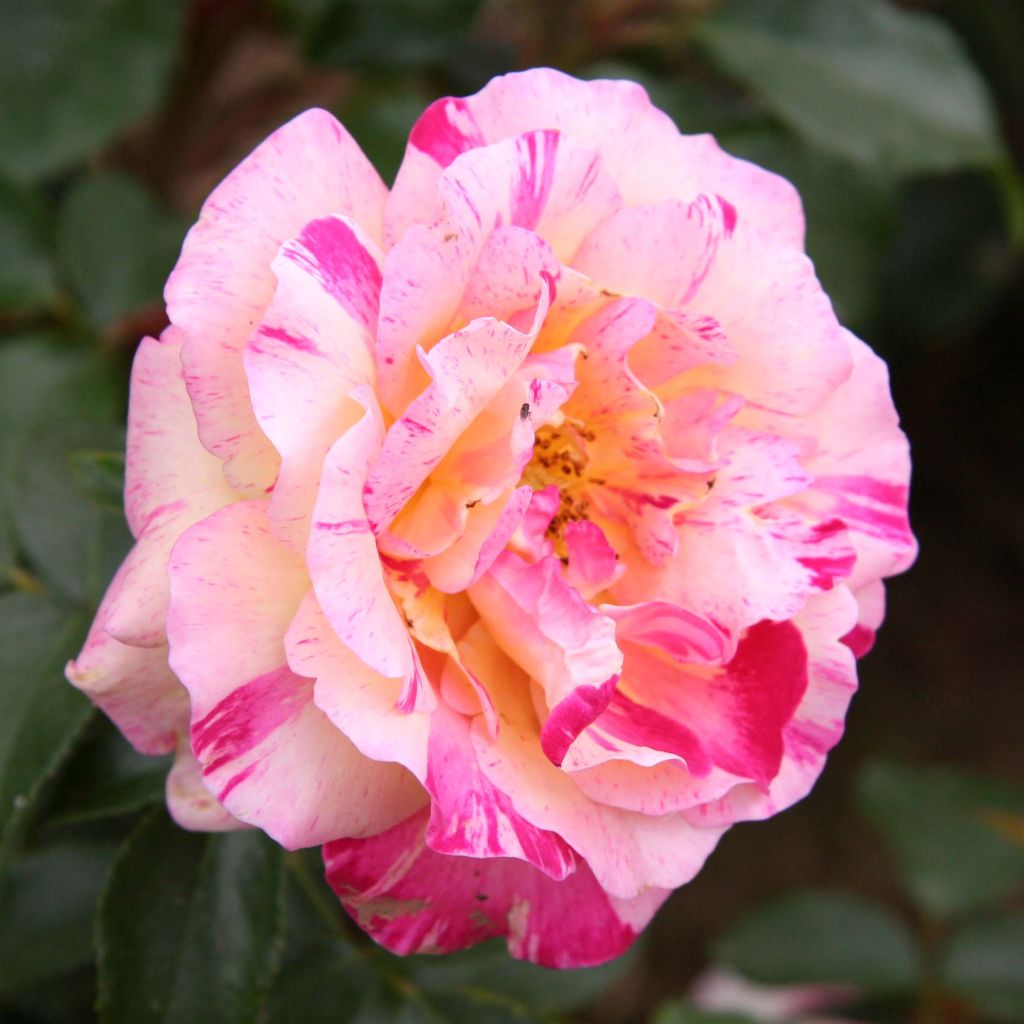

Rosa 'Camille Pissarro' - Polyantha Rose
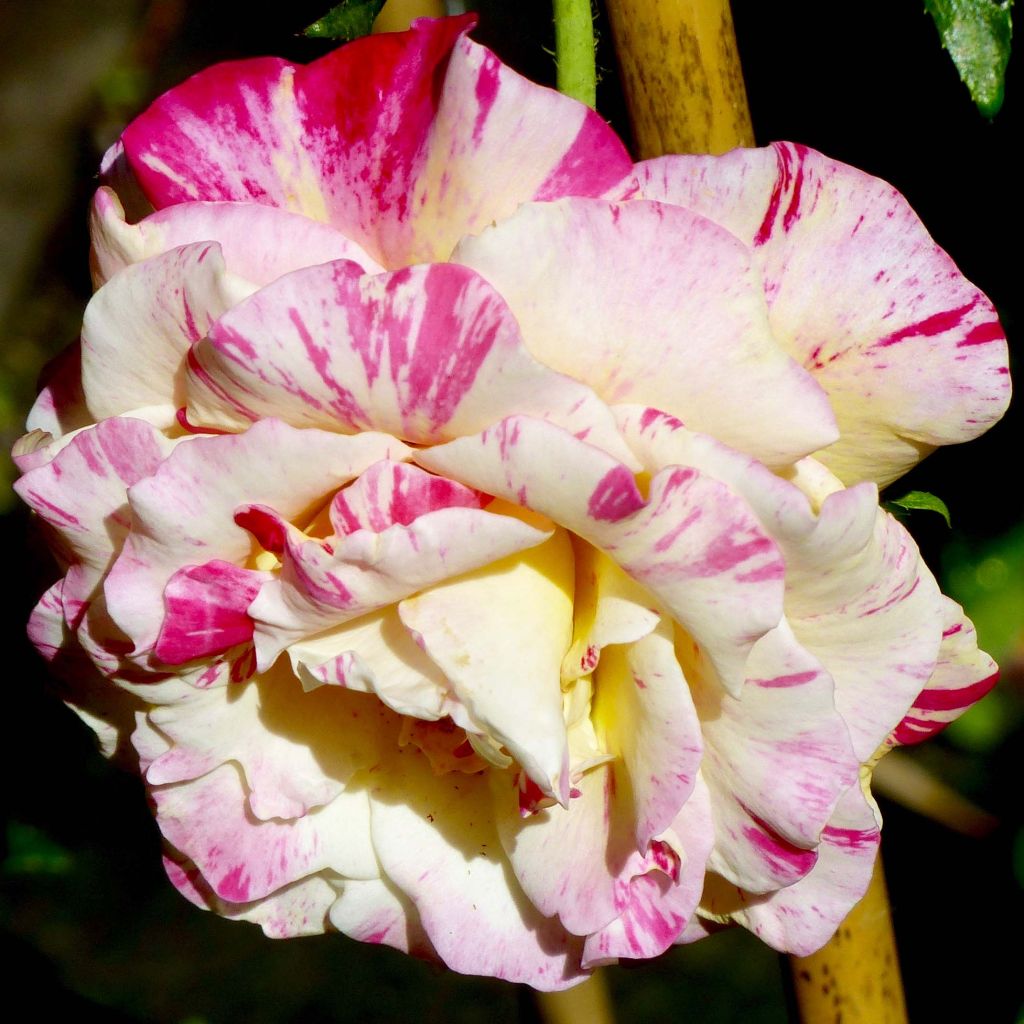

Rosa 'Camille Pissarro' - Polyantha Rose
Rosa 'Camille Pissarro' - Polyantha Rose
Rosa Camille Pissarro® 'Delstricol'
Rose
This item cannot be shipped to the selected country
Delivery charge from €5.90
Delivery charge from €5.90
Delivery to Corse prohibited
More information
Schedule delivery date,
and select date in basket
This plant carries a 24 months recovery warranty
More information
We guarantee the quality of our plants for a full growing cycle, and will replace at our expense any plant that fails to recover under normal climatic and planting conditions.
From €5.90 for pickup delivery and €6.90 for home delivery
Express home delivery from €8.90.
From €5.90 for pickup delivery and €6.90 for home delivery
Express home delivery from €8.90.
Delivery to Corse prohibited: UE law prohibits the import of this plant from mainland France to Corse as part of the fight against Xylella fastidiosa. Please accept our sincere apologies.
More information
Does this plant fit my garden?
Set up your Plantfit profile →
Description
The 'Camille Pissaro' Rose pays tribute in the most beautiful way to the painter famous for his impressionist paintings. This modern bush stands out with its double to semi-double flowers, all different, whose colour evolves throughout the day. From the moment they bloom, they are randomly splashed with red, pink, yellow and white in small touches and will be unrecognisable the next day under a pink or cream blush. A dense, dark green, satin foliage adorns this charming bush, whose flowering extends from June to October. An astonishing rose that will be noticed in flowerbeds. Subtly scented, its flowers are very long-lasting in a vase!
'Camille Pissaro' or ‘Delstricol’ is a modern shrub rose hybrid tea obtained in 1996 by the rose breeder Delbard. It belongs to the series of Roses of Painters, as presented by their creator: "In creating these roses, nature, aided by the breeder, took its brush to pay tribute to the impressionists. The colourful pigments of the petals evolve with the intensity of light; the more they are exposed to it, the brighter their colours will be". With a bushy and upright habit, this bush reaches about 1.10m (4ft) in height and 60cm (24in) in spread at maturity, with rapid growth. It produces strong branches, which bear an elegant dark blue-green foliage, slightly shiny, well-filled, and quite resistant to diseases if the growing conditions are correct. Throughout the summer, if care is taken to remove faded flowers, its moderately sized flowers, measuring 6-7cm (2-3in) in diameter, bloom with 25 petals in a fancy colour scheme, ranging from soft pink to yellow towards the centre, each petal delicately or strongly splashed with magenta. The flowers fade to pink or cream-white, each redistributing the play of colours; they are solitary or grouped in small bouquets of 2 or 3, carried at the end of long shoots of the year or emerging on 2-year-old stems. Note that this variety seems quite sensitive to masonia in humid climates.
This rose 'Camille Pissaro', with its pretty whimsical flowers, is perfect for flowerbeds and bouquets, it is preferably planted in groups of 3 plants among low perennials such as violets, carnations, dwarf asters or aubrietas for example. Its moderate size makes it well-suited for cultivating in a large pot. It blends well in flowerbeds of low shrubs with summer or autumn flowering or mixed with light perennials and annuals such as Sea Kale, paniculate phlox or tall foxgloves. It will be well showcased in front of a boxwood or yew screen or, on the contrary, surrounded by a miniature hedge or a carefully organised maze, as in Italian or French gardens. Its multicoloured roses can be combined with white, yellow, orange or pink flowers in flowerbeds or bouquets.
Report an error about the product description
Rosa 'Camille Pissarro' - Polyantha Rose in pictures
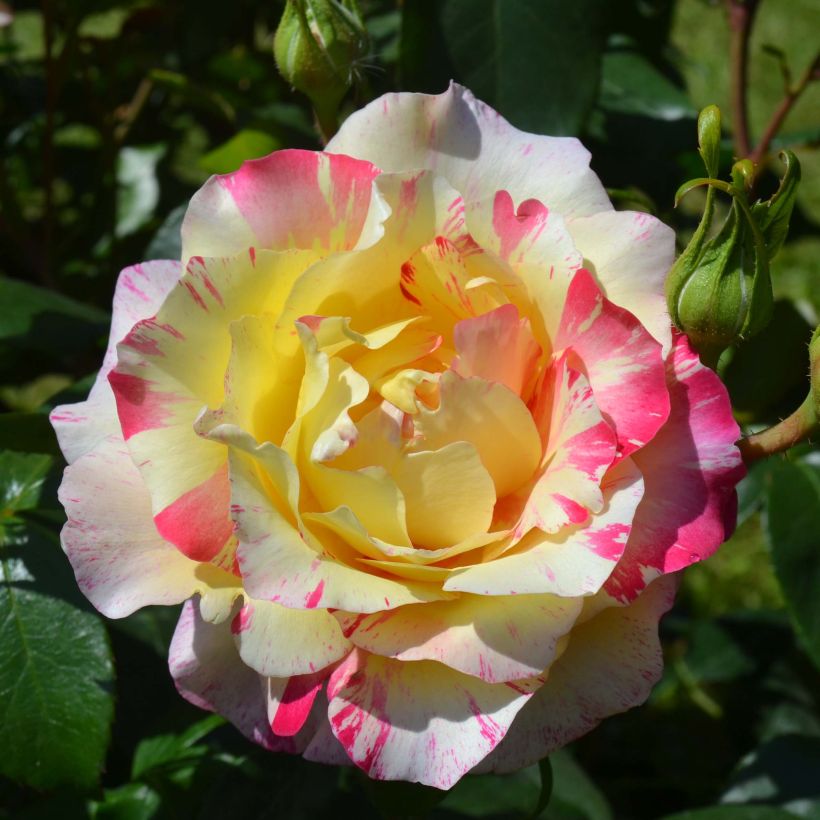

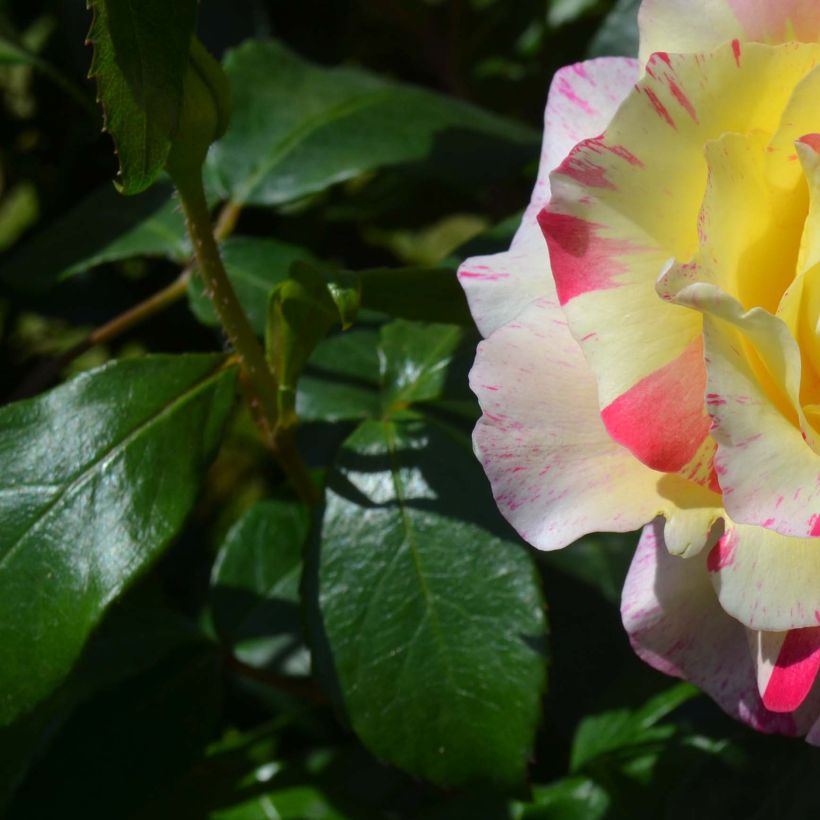

Plant habit
Flowering
Foliage
Botanical data
Rosa
Camille Pissarro® 'Delstricol'
Rosaceae
Rose
Cultivar or hybrid
Rosa multiflora (4L/5L pot), Rosa canina Laxa (Wrapped bare root)
Other Large-flower tea Roses
Planting and care
Choose a sunny or lightly shaded spot with well-worked soil that is not too heavy and has enough nutrients. Avoid planting in poor and excessively dry soils. Prepare the soil by crumbling it and adding an amendment, such as blood, fish and bone, at the bottom of the planting hole. After planting, water abundantly to remove air pockets and continue to water regularly for a few weeks to help the roots establish.
Pruning modern repeat flowering roses is important for flowering and should be done in three stages:
1. Regular maintenance pruning: During the season, regularly shorten the flowering branches and remove faded flowers along with their stem, leaving 2 or 3 leaves to encourage repeat flowering.
2. Preparatory autumn pruning: Lightly prune in preparation for the 'main' spring pruning. Note: This is not recommended in regions with cold winters as this could weaken the bush.
3. Spring pruning: In February-March, when the buds have become shoots 2 to 3 cm (1in) long, prune the young, strong branches to one-quarter of their length.
When pruning, always aim to remove dead wood, diseased branches, and weak shoots while opening up the centre of the bush. Retain the most vigorous branches, generally 3 to 6 well-positioned, to maintain an attractive habit. Always prune at a slant ½ cm or 1 cm (0in) above an outward-facing bud.
Roses may develop unsightly spots at the end of summer, but this is a natural occurrence and doesn't harm the rose's growth.
Planting period
Intended location
Care
-
, onOrder confirmed
Reply from on Promesse de fleurs
Roses by producer
Haven't found what you were looking for?
Hardiness is the lowest winter temperature a plant can endure without suffering serious damage or even dying. However, hardiness is affected by location (a sheltered area, such as a patio), protection (winter cover) and soil type (hardiness is improved by well-drained soil).

Photo Sharing Terms & Conditions
In order to encourage gardeners to interact and share their experiences, Promesse de fleurs offers various media enabling content to be uploaded onto its Site - in particular via the ‘Photo sharing’ module.
The User agrees to refrain from:
- Posting any content that is illegal, prejudicial, insulting, racist, inciteful to hatred, revisionist, contrary to public decency, that infringes on privacy or on the privacy rights of third parties, in particular the publicity rights of persons and goods, intellectual property rights, or the right to privacy.
- Submitting content on behalf of a third party;
- Impersonate the identity of a third party and/or publish any personal information about a third party;
In general, the User undertakes to refrain from any unethical behaviour.
All Content (in particular text, comments, files, images, photos, videos, creative works, etc.), which may be subject to property or intellectual property rights, image or other private rights, shall remain the property of the User, subject to the limited rights granted by the terms of the licence granted by Promesse de fleurs as stated below. Users are at liberty to publish or not to publish such Content on the Site, notably via the ‘Photo Sharing’ facility, and accept that this Content shall be made public and freely accessible, notably on the Internet.
Users further acknowledge, undertake to have ,and guarantee that they hold all necessary rights and permissions to publish such material on the Site, in particular with regard to the legislation in force pertaining to any privacy, property, intellectual property, image, or contractual rights, or rights of any other nature. By publishing such Content on the Site, Users acknowledge accepting full liability as publishers of the Content within the meaning of the law, and grant Promesse de fleurs, free of charge, an inclusive, worldwide licence for the said Content for the entire duration of its publication, including all reproduction, representation, up/downloading, displaying, performing, transmission, and storage rights.
Users also grant permission for their name to be linked to the Content and accept that this link may not always be made available.
By engaging in posting material, Users consent to their Content becoming automatically accessible on the Internet, in particular on other sites and/or blogs and/or web pages of the Promesse de fleurs site, including in particular social pages and the Promesse de fleurs catalogue.
Users may secure the removal of entrusted content free of charge by issuing a simple request via our contact form.
The flowering period indicated on our website applies to countries and regions located in USDA zone 8 (France, the United Kingdom, Ireland, the Netherlands, etc.)
It will vary according to where you live:
- In zones 9 to 10 (Italy, Spain, Greece, etc.), flowering will occur about 2 to 4 weeks earlier.
- In zones 6 to 7 (Germany, Poland, Slovenia, and lower mountainous regions), flowering will be delayed by 2 to 3 weeks.
- In zone 5 (Central Europe, Scandinavia), blooming will be delayed by 3 to 5 weeks.
In temperate climates, pruning of spring-flowering shrubs (forsythia, spireas, etc.) should be done just after flowering.
Pruning of summer-flowering shrubs (Indian Lilac, Perovskia, etc.) can be done in winter or spring.
In cold regions as well as with frost-sensitive plants, avoid pruning too early when severe frosts may still occur.
The planting period indicated on our website applies to countries and regions located in USDA zone 8 (France, United Kingdom, Ireland, Netherlands).
It will vary according to where you live:
- In Mediterranean zones (Marseille, Madrid, Milan, etc.), autumn and winter are the best planting periods.
- In continental zones (Strasbourg, Munich, Vienna, etc.), delay planting by 2 to 3 weeks in spring and bring it forward by 2 to 4 weeks in autumn.
- In mountainous regions (the Alps, Pyrenees, Carpathians, etc.), it is best to plant in late spring (May-June) or late summer (August-September).
The harvesting period indicated on our website applies to countries and regions in USDA zone 8 (France, England, Ireland, the Netherlands).
In colder areas (Scandinavia, Poland, Austria...) fruit and vegetable harvests are likely to be delayed by 3-4 weeks.
In warmer areas (Italy, Spain, Greece, etc.), harvesting will probably take place earlier, depending on weather conditions.
The sowing periods indicated on our website apply to countries and regions within USDA Zone 8 (France, UK, Ireland, Netherlands).
In colder areas (Scandinavia, Poland, Austria...), delay any outdoor sowing by 3-4 weeks, or sow under glass.
In warmer climes (Italy, Spain, Greece, etc.), bring outdoor sowing forward by a few weeks.

































